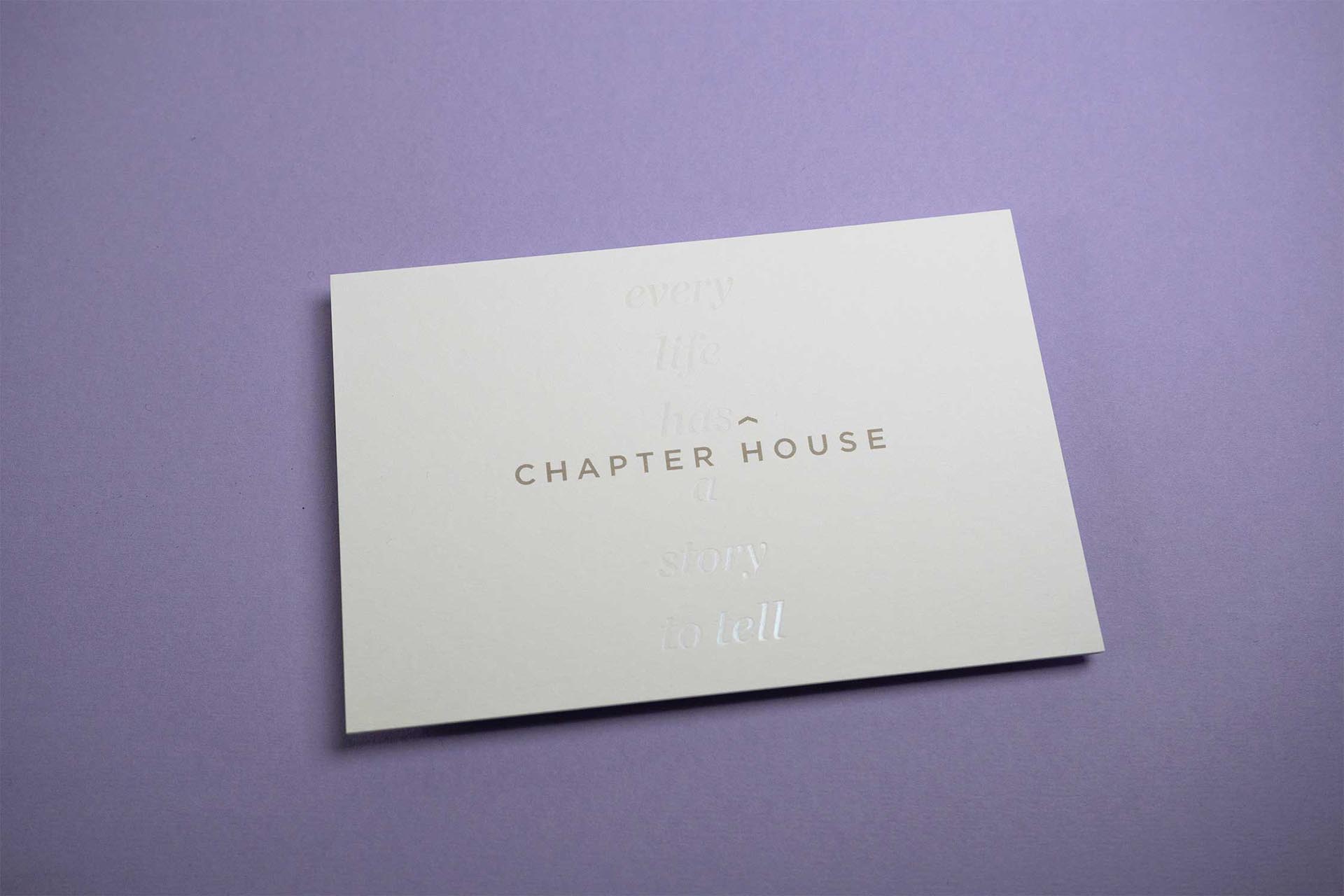Social Media and the Digital Gaze

The balances of power are constantly shifting as we watch ourselves being watched.
Herodotus wrote of the servant Gyges, who hid behind a door to observe the queen undressing on the invitation of the queen’s husband, King Candaules. Gyges’ gaze is both permitted and illicit, depending on whose perspective you take up.
Jean-Paul Sartre wrote of the voyeur with his eye pressed against a keyhole. The voyeur is unaware of his actions until he hears footsteps behind him, at which moment self-consciousness suddenly rushes in. The gaze is awakened by shame.
Laura Mulvey theorized about the “male gaze” within the history of cinema, where the conventions of narrative and cinematography are said to elevate male protagonists to “a more perfect, more complete, more powerful ideal ego,” whereas women are rendered as passive objects of male desire: “Cinema builds the way she is to be looked at into the spectacle itself.”
The theory of the gaze is about one person looking at another or one group of people looking at another group. Whether it be in real life, through a photograph, a work of art, or a film, to look is to affirm an entitlement to do so. If the look only occurs in one direction, the assumption is of one person’s dominance over the other.
The way we look today — how we see others and the means by which we relate to them—has been profoundly changed by social media. Moreover, a significant characteristic of our devices (smartphones, laptops, tablets) is their apparently secret vantage point. Concealed in the palm of your hand or angled away from others, your screen is your own: an eye at a private keyhole.
Like the invention of perspective in painting, the personal feeds of social media are designed to converge upon us so that we become the ideal viewer.
Yet, in today’s world, public and private cease to have the same meaning, nor the same consequences, and new patterns of looking are much more complex. They are broadly transactional, and they involve odd patterns of exchange. We all have the power to add value to someone else’s exhibition through a click — or to deny that value by ignoring or openly criticizing it.


Unlike pop-culture’s current obsession with bleak, heavy drama (Game Of Thrones, Breaking Bad, we’re talking to you)
Unlike pop-culture’s current obsession with bleak, heavy drama (Game Of Thrones, Breaking Bad, we’re talking to you)
Unlike pop-culture’s current obsession with bleak, heavy drama (Game Of Thrones, Breaking Bad, we’re talking to you)